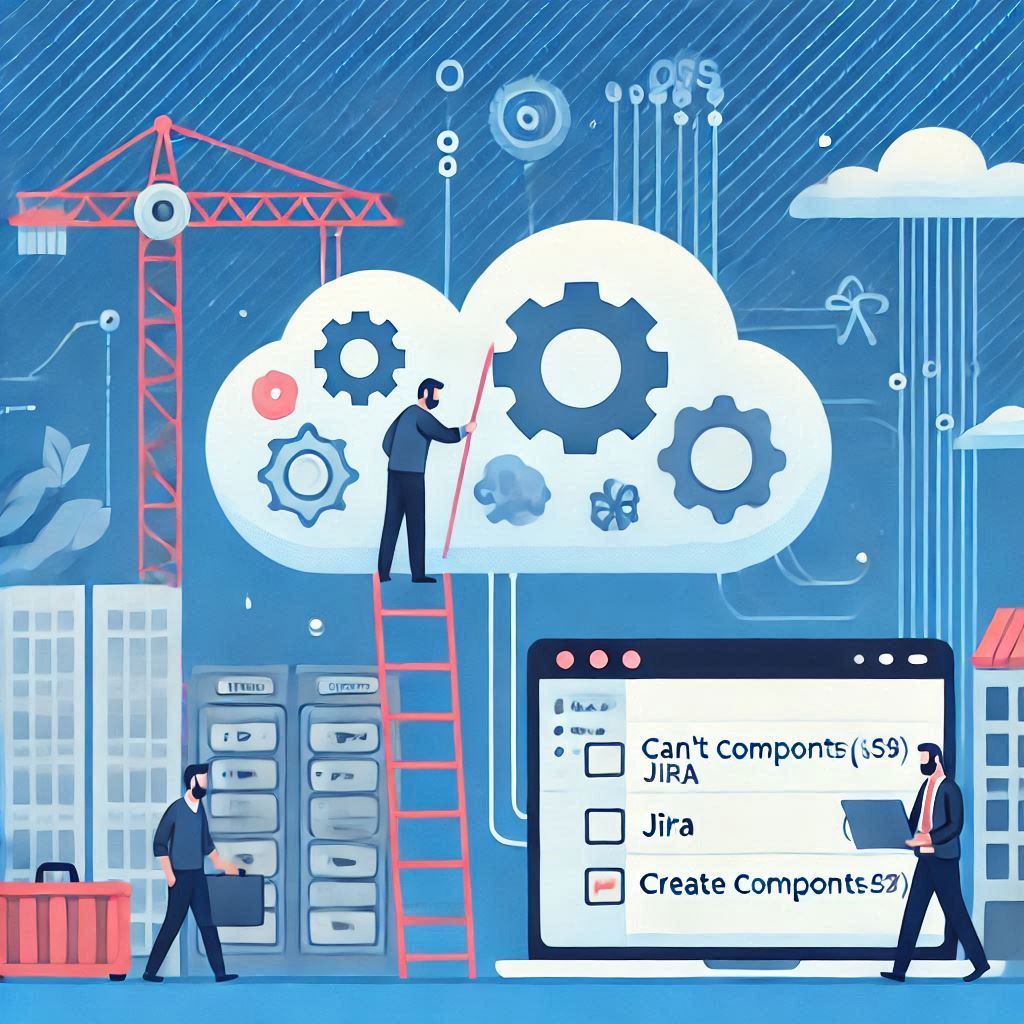
The transition from JIRA Data Center to JIRA Cloud has become increasingly common for organizations looking to leverage the benefits of a cloud-based solution. However, this shift can often create friction for users who are deeply accustomed to the JIRA Data Center interface. In this blog, we’ll explore the common challenges users face, discuss the key differences between the two platforms, and provide practical tips to streamline the learning process.
Getting Used to the JIRA Cloud Interface
Let’s address the elephant in the room: JIRA Cloud is not inherently more difficult, but it does require users to adapt to a different workflow and interface. Users transitioning from Data Center often find themselves disoriented when trying to navigate familiar tasks, such as accessing boards, performing searches, or finding the Issue Navigator.
Common Challenges: Key Differences in Navigation
1. Searching for Issues
In JIRA Data Center, performing a search is straightforward:
- You have a search bar that takes you directly to the Issue Navigator.
- From there, users can toggle between basic and advanced search options seamlessly.
In JIRA Cloud, the process requires a few extra clicks:
- Users need to first navigate to the search option on the top menu.
- To view issues, they must select “View All Issues” or use filters under the “Filters” menu.
While JIRA Cloud provides quick filters for “Recently Viewed” or “Updated Issues,” it isn’t always intuitive for users who simply want to access the Issue Navigator with one click.
2. Finding Boards (Scrum or Kanban)
Boards are central to JIRA's project management capabilities, yet many users struggle to locate them in JIRA Cloud. Unlike Data Center, where boards feel more directly accessible, Cloud users have to:
- Go to “Your Work” → Boards or
- Use the “View All Boards” option under projects.
Additionally, users need to understand the distinction between Boards and Projects, which can be confusing for new users unfamiliar with JIRA’s structure.
3. Configurable Dashboards
In JIRA Data Center, users are accustomed to starting their day on a System Dashboard or a custom one. In JIRA Cloud:
- The default landing page is “Your Work”, which focuses on recent activity.
- To customize dashboards, users need to configure their preferences under their profile.
For long-time Data Center users, this shift can feel less organized or even overwhelming initially.
Training Is Key: Overcoming the Learning Curve
Migrating to JIRA Cloud doesn’t stop at transferring data—it requires an organized approach to user onboarding. As someone who has assisted teams during this transition, I’ve found that proactive training is essential.
Tips for a Smooth Transition:
- Host Regular Training Sessions
Conduct workshops or webinars to explain JIRA Cloud’s new navigation flow and features, such as accessing boards, searching for issues, or renaming filters. - Update Documentation
Existing manuals, videos, and articles become obsolete post-migration. Refresh your resources to reflect JIRA Cloud’s interface. - Create Quick Reference Guides
Provide bite-sized guides that explain common tasks like performing advanced searches, customizing dashboards, or managing filters. - Leverage Favorites
Encourage users to mark their most frequently used boards, projects, or dashboards as favorites for quick access. - Publish Knowledge on Confluence
Use Confluence to centralize your updated documentation, ensuring all team members can access the latest resources.
A Note on JIRA Cloud’s Flexibility
While JIRA Cloud may seem more complex initially, it offers greater flexibility and customization opportunities in the long run. For instance:
- Users can tweak their navigation flow to align with their workflow.
- Quick filters and advanced search options provide powerful tools for experienced users.
However, it’s understandable that those used to the cleaner, simpler interface of JIRA Data Center may feel some resistance at first. The key is patience and a gradual learning process.
Conclusion: Plan for Success
Migrating to JIRA Cloud requires more than technical preparation—it demands a focus on the user experience. By incorporating training sessions, updating documentation, and providing ongoing support, organizations can ensure their teams adapt smoothly.
Whether you’re a seasoned JIRA user or a newcomer, understanding these challenges and solutions can make all the difference. With time, users will appreciate the enhanced capabilities and flexibility that JIRA Cloud brings to the table.
Are you migrating to JIRA Cloud? Make sure training and updated resources are part of your plan!
I hope you found this helpful and gained insights into navigating the JIRA Cloud interface. If you’re facing similar challenges, feel free to share your thoughts below. Happy JIRA-ing!
video Link : https://www.ravisagar.in/videos/get-used-jira-cloud-interface
